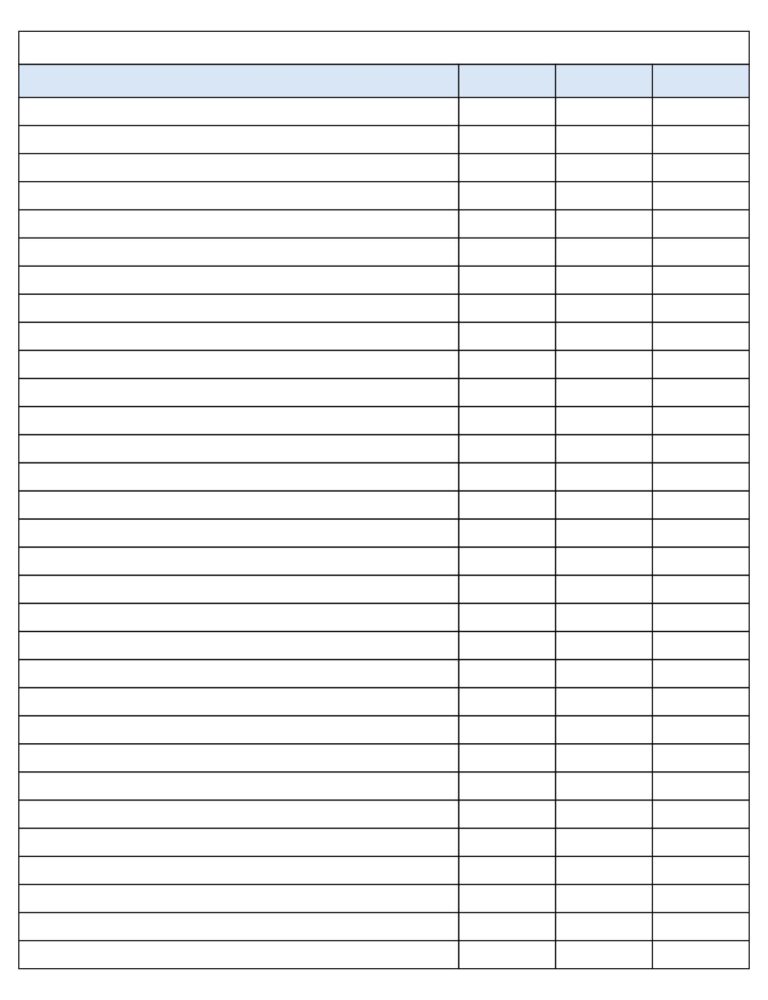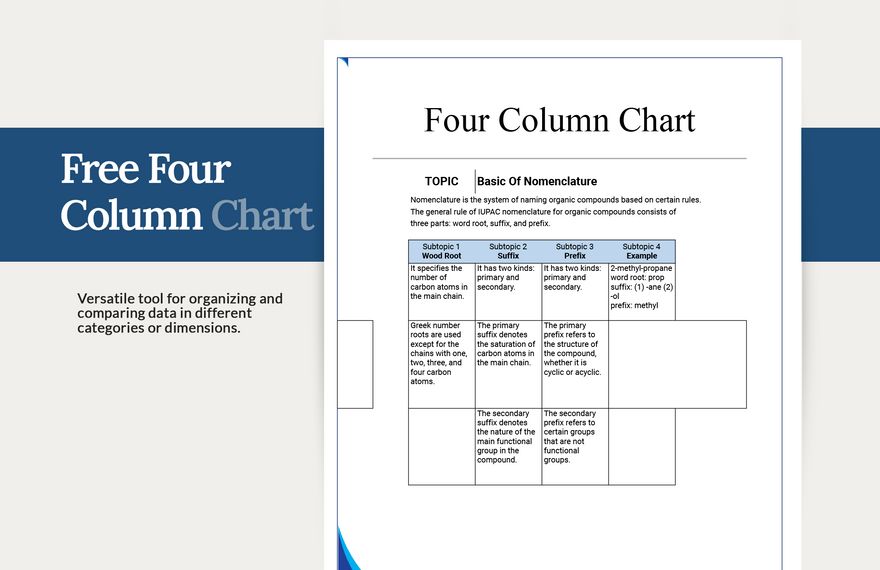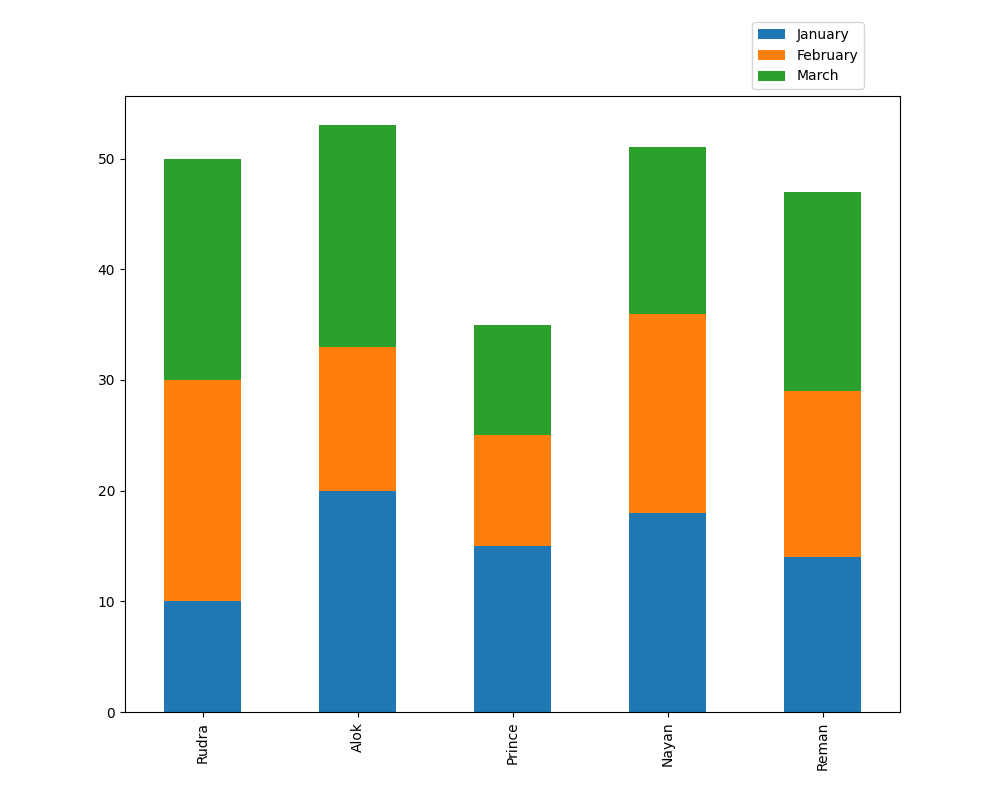Decoding The Knowledge: A Complete Information To 4-Column Charts
Decoding the Knowledge: A Complete Information to 4-Column Charts
Associated Articles: Decoding the Knowledge: A Complete Information to 4-Column Charts
Introduction
On this auspicious event, we’re delighted to delve into the intriguing subject associated to Decoding the Knowledge: A Complete Information to 4-Column Charts. Let’s weave attention-grabbing info and provide recent views to the readers.
Desk of Content material
Decoding the Knowledge: A Complete Information to 4-Column Charts

Charts are indispensable instruments for visualizing knowledge, reworking advanced datasets into simply digestible codecs. They permit us to determine traits, spot outliers, and make knowledgeable choices primarily based on readily obvious patterns. Whereas easy charts like bar graphs and pie charts serve their objective, the necessity for extra nuanced knowledge illustration usually necessitates extra advanced constructions. This text delves into the world of four-column charts, exploring their varied sorts, purposes, greatest practices, and potential limitations. We are going to look at how these charts successfully talk advanced relationships between 4 variables, enhancing our understanding and evaluation capabilities.
Understanding the Energy of 4 Dimensions:
In contrast to two-dimensional charts that characterize two variables (e.g., x and y axes), four-column charts attempt to characterize 4 distinct knowledge factors concurrently. This added dimension considerably will increase the complexity of the chart’s design and interpretation. Successfully visualizing 4 variables requires cautious consideration of the kind of knowledge, the relationships between variables, and the meant viewers. The problem lies in avoiding visible muddle and guaranteeing readability with out sacrificing info.
Kinds of 4-Column Charts:
There is not a single standardized "four-column chart" sort. As an alternative, the visualization approach relies upon closely on the character of the information and the relationships between the 4 variables. A number of approaches can successfully characterize 4 dimensions:
-
Stacked Column Charts with Sub-categories: This strategy makes use of stacked columns, the place every column represents a major class. Inside every column, segments characterize sub-categories, successfully displaying three variables (major class, sub-category, and worth). The fourth variable may be represented by means of color-coding the segments or utilizing totally different patterns. For instance, a chart may show gross sales figures (worth) for various product classes (major class) damaged down by area (sub-category) with coloration representing the gross sales 12 months (fourth variable).
-
Clustered Column Charts with A number of Collection: Just like stacked charts, clustered charts group columns representing the identical major class collectively. Nonetheless, as a substitute of stacking, they place columns side-by-side. This enables for simpler comparability between sub-categories inside every major class. The fourth variable can once more be included by means of color-coding or totally different patterns for every collection. This strategy is useful when evaluating the relative contributions of sub-categories throughout major classes. As an example, evaluating web site site visitors sources (major class) throughout totally different advertising campaigns (sub-category) with coloration representing the day of the week (fourth variable).
-
Mixture Charts: This highly effective approach combines totally different chart sorts to characterize the 4 variables. For instance, a bar chart may show gross sales figures (variable 1) and a line chart superimposed on it may characterize buyer satisfaction scores (variable 2). The third variable might be represented by the colour of the bars, and the fourth variable by the thickness of the road. This strategy is especially helpful when the variables have totally different scales or characterize various kinds of knowledge. For instance, evaluating gross sales income (variable 1), revenue margin (variable 2), buyer acquisition value (variable 3) represented by bar colours, and market share (variable 4) represented by line thickness.
-
3D Column Charts: Whereas visually interesting, 3D column charts may be difficult to interpret precisely, notably when coping with a number of classes. The depth provides a 3rd dimension, which can be utilized to characterize one of many 4 variables. Nonetheless, depth notion can distort the comparability of values, making them much less appropriate for exact quantitative evaluation. The fourth variable would have to be represented by means of coloration or sample. Due to this fact, 3D charts needs to be used cautiously and solely when the added visible dimension considerably enhances understanding.
-
Heatmaps with Categorical Variables: If a number of of the variables are categorical, a heatmap generally is a viable possibility. The rows and columns characterize two categorical variables, whereas the colour depth represents the worth of the third variable. The fourth variable might be represented by separate heatmaps or by including a 3rd dimension by means of animation or interactive parts. This strategy is efficient for displaying giant datasets with many classes. For instance, displaying buyer satisfaction scores (worth) for various merchandise (class 1) and buyer segments (class 2) with separate heatmaps for various areas (fourth variable).
Finest Practices for Creating Efficient 4-Column Charts:
Creating a transparent and informative four-column chart requires cautious planning and execution. The next greatest practices can considerably enhance the effectiveness of your visualizations:
-
Select the Proper Chart Sort: Choose the chart sort that most closely fits your knowledge and the relationships between the variables. Keep away from overly advanced charts which can be troublesome to interpret.
-
Clear Labeling and Legends: Use clear and concise labels for all axes, columns, and segments. A well-designed legend is essential for understanding the which means of various colours, patterns, and symbols.
-
Constant Colour Schemes: Use a constant coloration scheme that’s simple to tell apart and interpret. Keep away from utilizing too many colours, as this may result in visible muddle. Think about coloration blindness when deciding on a palette.
-
Acceptable Scaling: Select acceptable scales on your axes to make sure that the information is precisely represented. Keep away from deceptive scales that distort the relationships between variables.
-
Reduce Muddle: Keep away from pointless particulars and decorations that may distract from the principle message. Preserve the chart clear and straightforward to learn.
-
Interactive Components: For advanced datasets, contemplate incorporating interactive parts equivalent to tooltips, zooming, and filtering to reinforce exploration and understanding.
-
Contextual Data: Present ample context to assist the viewers perceive the information. Embody a title, supply info, and any related notes or explanations.
Limitations of 4-Column Charts:
Whereas four-column charts can successfully characterize advanced knowledge, additionally they have limitations:
-
Cognitive Overload: Presenting 4 variables concurrently can result in cognitive overload, making it troublesome for the viewers to course of all the knowledge.
-
Potential for Misinterpretation: The complexity of four-column charts will increase the danger of misinterpretation, notably if the chart isn’t well-designed.
-
Restricted Applicability: Not all datasets are appropriate for four-column chart illustration. Some knowledge relationships are higher visualized utilizing different strategies.
-
Issue in Comparability: Evaluating values throughout a number of variables may be difficult, particularly in advanced charts.
Conclusion:
4-column charts are highly effective instruments for visualizing advanced datasets, however they require cautious consideration of chart sort, design, and interpretation. By following greatest practices and understanding the constraints, we will successfully leverage these charts to realize precious insights from our knowledge. The hot button is to prioritize readability and keep away from overwhelming the viewers with an excessive amount of info directly. Do not forget that the aim is to speak successfully, to not showcase the complexity of the information itself. Choosing the proper chart sort and using clear visible cues are important for creating compelling and informative four-column charts that successfully convey significant insights. By way of cautious design and a give attention to clear communication, we will unlock the total potential of four-column charts as highly effective instruments for knowledge evaluation and decision-making.








Closure
Thus, we hope this text has offered precious insights into Decoding the Knowledge: A Complete Information to 4-Column Charts. We hope you discover this text informative and helpful. See you in our subsequent article!